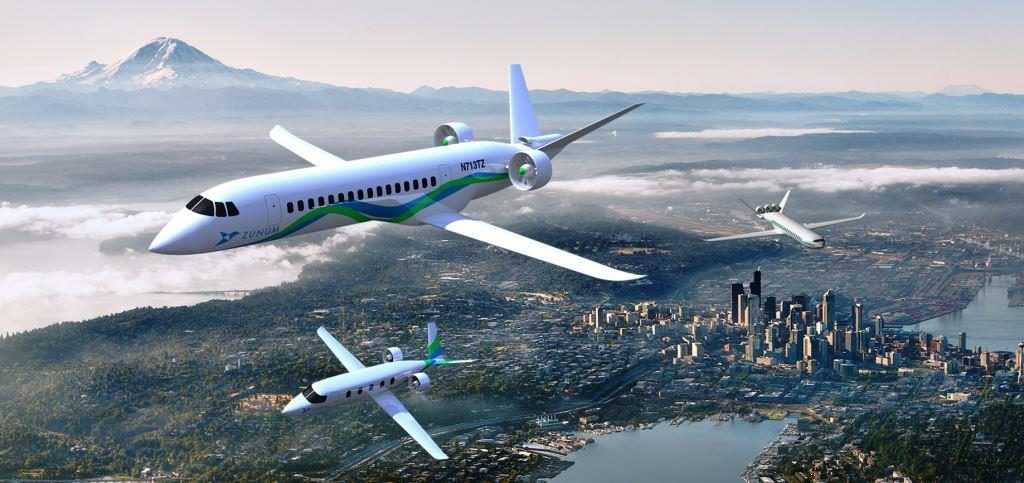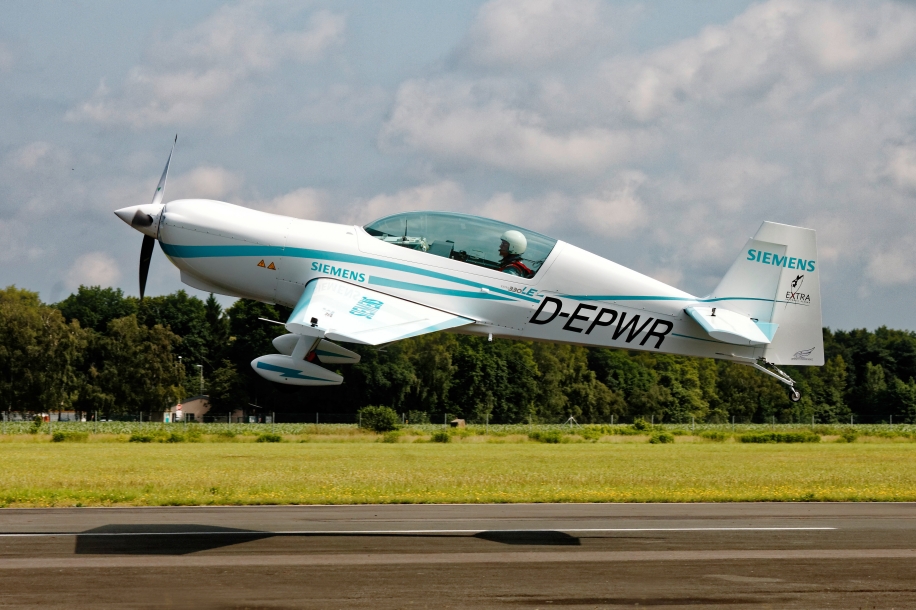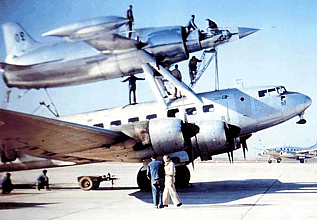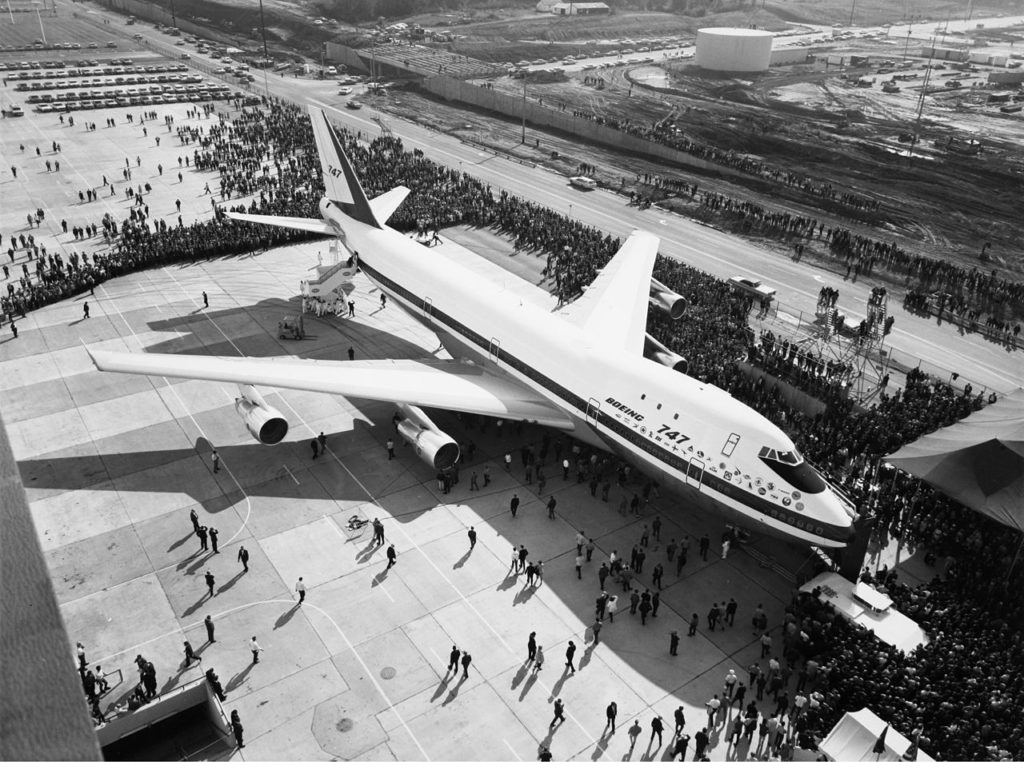Leeham News and Analysis
There's more to real news than a news release.
 Leeham News and Analysis
Leeham News and Analysis
- The Boeing 767 Cross Section, Part 1 November 24, 2022
- Movie Review: Devotion November 21, 2022
- China will accelerate development of its commercial aerospace sector November 21, 2022
- Bjorn’s Corner: Sustainable Air Transport. Part 46. eVTOL comparison with helicopter November 18, 2022
- The economics of a 787-9 and A330-900 at eight or nine abreast November 16, 2022
Bjorn’s Corner: Electric aircraft, Part 4
July 21, 2017, ©. Leeham Co: In this Corner, we will start looking at the mass of the different components in a hybrid electric propulsion system compared with a classical turbofan propulsion.
Our propulsion project is for a regional airliner with 50 seats. The segment marked the start of the regional airliner with Bombardier’s CRJ-200 and Embraer’s ERJ-145. Today, the segment is more and more flown with Turboprops like ATR42-500.
Posted on July 21, 2017 by Bjorn Fehrm
Bjorn’s Corner: Electric aircraft, Part 3
July 14, 2017, ©. Leeham Co: In the last Corner, we developed a hybrid aircraft propulsion system and looked at system efficiencies. Today, we look a bit deeper at how hybrid propulsion can be implemented on an aircraft.
What are the advantages on an aircraft level, that such a chain can have? Can aircraft level efficiencies compensate for more parts and lower propulsion efficiency of a hybrid systems?
Posted on July 14, 2017 by Bjorn Fehrm
Bjorn’s Corner: Electric aircraft, Part 2
July 07, 2017, ©. Leeham Co: In last Corner we could see that battery driven electric aircraft will be for the extreme short-haul.
The stored energy per kg battery is 70 times lower than for fuel. In addition the weight is constant. Fuel gets burned off during the flight.
A more useful configuration is the hybrid, which adds a combustion driven generator as energy source.
Posted on July 7, 2017 by Bjorn Fehrm
Bjorn’s Corner: Electric aircraft, Part 1
June 30, 2017, ©. Leeham Co: One of the areas I explored while at Paris Air Show last week was electric aircraft technology. With electric aircraft, we mean an aircraft where the propeller/fan is driven my an electrical motor.
We don’t talk about “more electrical aircraft systems” like for the Boeing 787.
One of the companies investing in technology for electric aircraft is Siemens. A Siemens-engined aerobatic aircraft, the Extra 330LE, made daily flight displays during the show.
Posted on June 30, 2017 by Bjorn Fehrm
Bjorn’s Corner: Interesting aircraft at the sides of Paris Air Show 2017
June 22, 2017. ©. Leeham Co: When visiting the Paris Air Show this week, we strolled several times into the Aeronautical museum which is placed at the Le Bourget airfield. It has a fine collection of historical aircraft, helicopters, missiles and space rockets/capsules.
One of the most interesting eras in French aeronautical history, captured in the museum, is the period directly after the second World War. The French industry, destroyed by the war, started its way back. Part of the way was to learn about jet propulsion for military and civil aircraft and how to design a practical supersonic fighter aircraft for the French Air Force.
From a multitude of experiments with different aircraft types and propulsion systems, came finally the successful Dassault Mirage jets, the Caravelle jet airliner and the only Supersonic passenger jet, the Concorde. Here a video and some pictures from these exhibitions.
Posted on June 23, 2017 by Bjorn Fehrm
Bjorn’s Corner: Keeping airliners operational. Part 9.
June 16, 2017, ©. Leeham Co: This week we finish our analysis how an operator would keep our tentative airline operational. By now we know the maintenance of the fleet is a critical part of running an airline.
If we miss a beat from our approved operator’s maintenance plan, our airworthiness authority can ground us.
We now finish the series with looking at how some cost-heavy parts are kept fit. We then summarize our costs for keeping our Airbus A320s flying.
Posted on June 16, 2017 by Bjorn Fehrm
Bjorn’s Corner: Keeping airliners operational. Part 8
June 09, 2017, ©. Leeham Co: This week we continue our analysis of the operator’s maintenance plan we made last week for our tentative airline.
Our airline is using Airbus A320s as our operational airplane. For these aircraft we have completed a maintenance plan based on the aircraft OEM’s Maintenance Planning Document (MPD) as well as other regulatory requirements.
Posted on June 9, 2017 by Bjorn Fehrm
Bjorn’s Corner: Keeping airliners operational. Part 7
June 02, 2017, ©. Leeham Co: We last week got an understanding of the maintenance task types that a Maintenance Planning Document (MPD) for the Airbus A320 contains.
We now use this knowledge to build an operator’s maintenance program for our A320-based airline.
Read more
Posted on June 2, 2017 by Bjorn Fehrm
Bjorn’s Corner: Keeping airliners operational. Part 6
May 26, 2017, ©. Leeham Co: Last week we looked at a maintenance plan for a common aircraft, the Airbus A320. We learned how typical maintenance tasks were described in the aircraft’s Maintenance Planning Document (MPD). It’s the central document the aircraft OEM issues that describes the minimum recommended maintenance for the aircraft to keep it airworthy.
Each operator builds its own maintenance plan for the aircraft, in cooperation with its local Airworthiness authority. The MPD is then a base input for the plan. Before we go into how such a plan can look, we describe the principal MPD task types that such a plan contain.
Posted on May 26, 2017 by Bjorn Fehrm
Bjorn’s Corner: Keeping airliners operational. Part 5
May 19, 2017, ©. Leeham Co: Last week we described the different working groups and review committees and boards involved in defining a new airliner’s maintenance requirements.
We now continue with describing a practical maintenance task from the maintenance plan for a common aircraft, the Airbus A320.
Read more
Posted on May 19, 2017 by Bjorn Fehrm
Email Subscription
Twitter Updates
My TweetsAssociations
Aviation News-Commercial
Commentaries
Companies-Defense
Resources
YouTube
Archives
- November 2022
- October 2022
- September 2022
- August 2022
- July 2022
- June 2022
- May 2022
- April 2022
- March 2022
- February 2022
- January 2022
- December 2021
- November 2021
- October 2021
- September 2021
- August 2021
- July 2021
- June 2021
- May 2021
- April 2021
- March 2021
- February 2021
- January 2021
- December 2020
- November 2020
- October 2020
- September 2020
- August 2020
- July 2020
- June 2020
- May 2020
- April 2020
- March 2020
- February 2020
- January 2020
- December 2019
- November 2019
- October 2019
- September 2019
- August 2019
- July 2019
- June 2019
- May 2019
- April 2019
- March 2019
- February 2019
- January 2019
- December 2018
- November 2018
- October 2018
- September 2018
- August 2018
- July 2018
- June 2018
- May 2018
- April 2018
- March 2018
- February 2018
- January 2018
- December 2017
- November 2017
- October 2017
- September 2017
- August 2017
- July 2017
- June 2017
- May 2017
- April 2017
- March 2017
- February 2017
- January 2017
- December 2016
- November 2016
- October 2016
- September 2016
- August 2016
- July 2016
- June 2016
- May 2016
- April 2016
- March 2016
- February 2016
- January 2016
- December 2015
- November 2015
- October 2015
- September 2015
- August 2015
- July 2015
- June 2015
- May 2015
- April 2015
- March 2015
- February 2015
- January 2015
- December 2014
- November 2014
- October 2014
- September 2014
- August 2014
- July 2014
- June 2014
- May 2014
- April 2014
- March 2014
- February 2014
- January 2014
- December 2013
- November 2013
- October 2013
- September 2013
- August 2013
- July 2013
- June 2013
- May 2013
- April 2013
- March 2013
- February 2013
- January 2013
- December 2012
- November 2012
- October 2012
- September 2012
- August 2012
- July 2012
- June 2012
- May 2012
- April 2012
- March 2012
- February 2012
- January 2012
- December 2011
- November 2011
- October 2011
- September 2011
- August 2011
- July 2011
- June 2011
- May 2011
- April 2011
- March 2011
- February 2011
- January 2011
- December 2010
- November 2010
- October 2010
- September 2010
- August 2010
- July 2010
- June 2010
- May 2010
- April 2010
- March 2010
- February 2010
- January 2010
- December 2009
- November 2009
- October 2009
- September 2009
- August 2009
- July 2009
- June 2009
- May 2009
- April 2009
- March 2009
- February 2009
- January 2009
- December 2008
- November 2008
- October 2008
- September 2008
- August 2008
- July 2008
- June 2008
- May 2008
- April 2008
- March 2008
- February 2008






